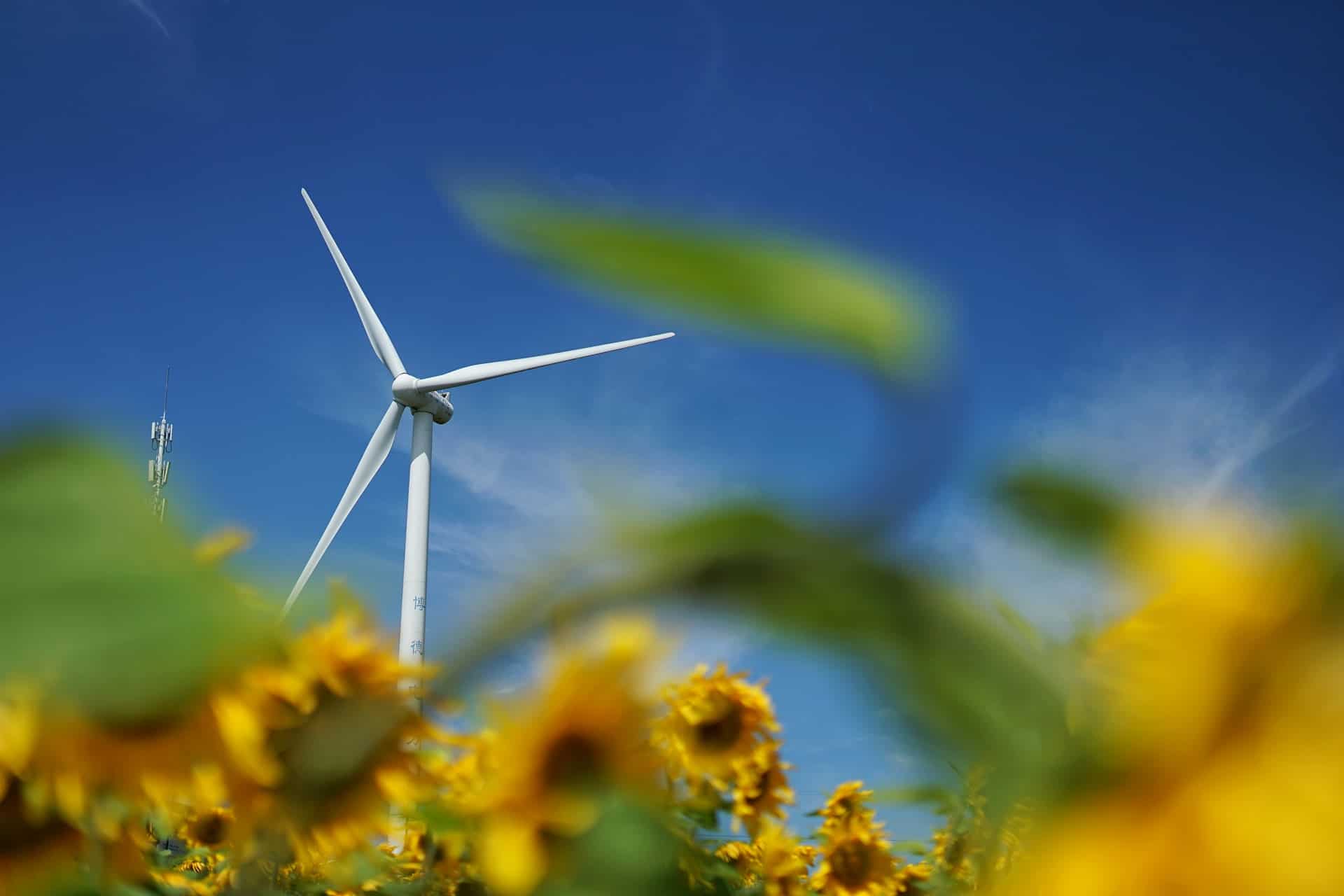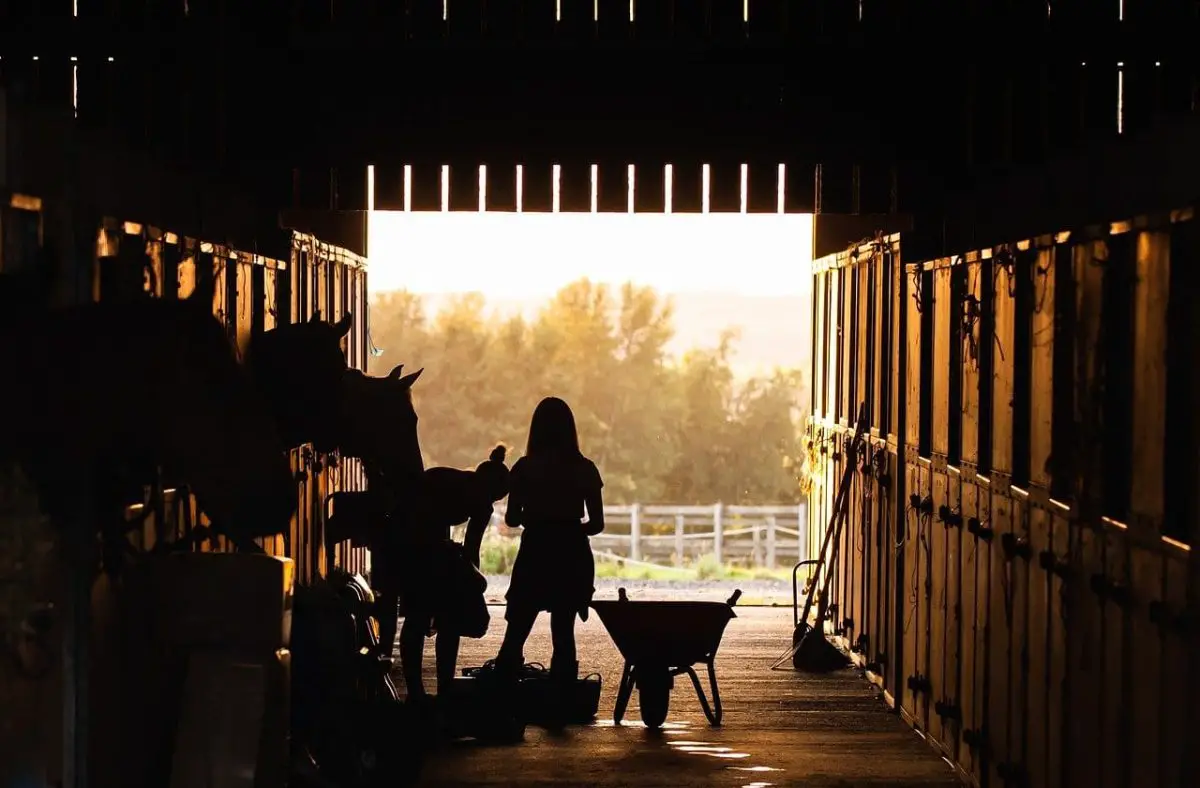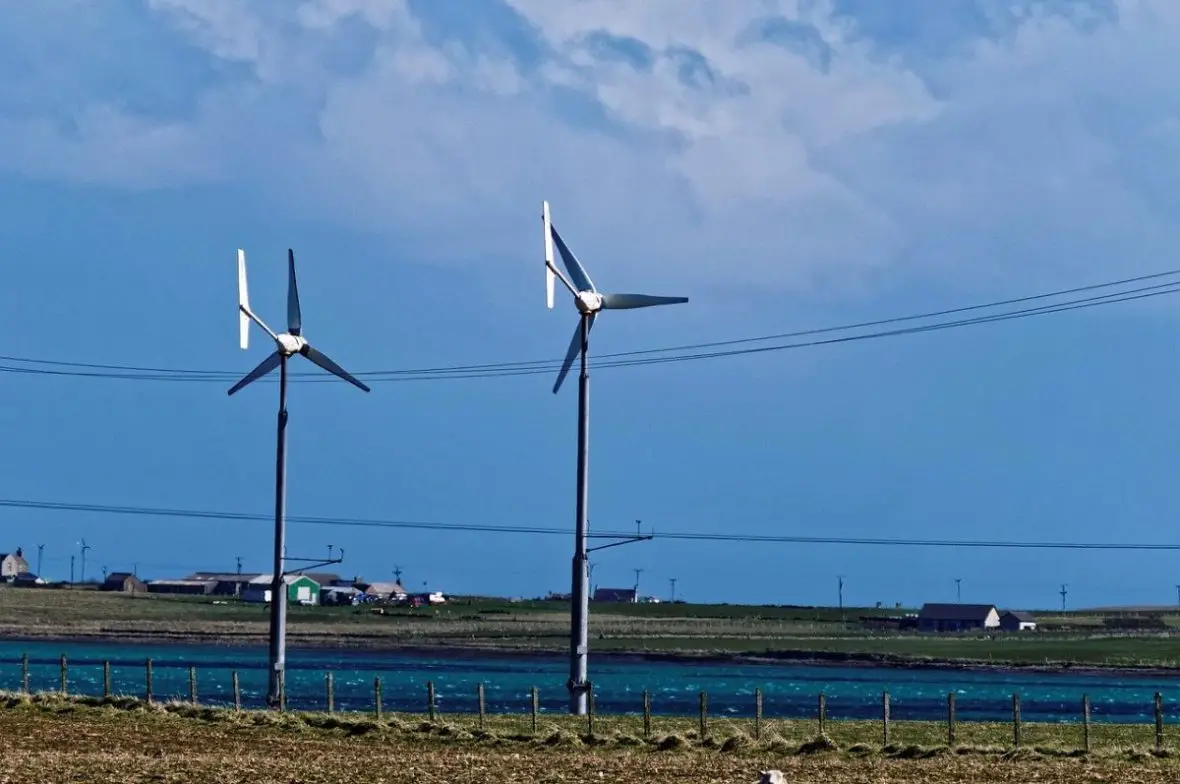With renewable energy not at a point of maturity in terms of technology and cost-effectiveness, the attention has turned to where the next generations of wind farms will be placed. For the past twenty years, wind development has occurred primarily in rural areas. However, that’s not where most of the need for power resides. According to the U.S. Census, about 94.7 million people, or about 29.1% of the total U.S. population, lived in coastline counties in 2017, a 15.3% growth since 2000. As a result, the next debate on renewable wind energy will be about offshore vs. onshore wind farms.
Our planet gives us different natural sources of energy. The wind is one of them. It refers to the renewable energy category becoming a new trend in the power distribution industry. Winds can be of different types, like wind farms used to produce enough energy.
This essay will have a closer look at offshore and onshore wind types, turbines, characteristics, and other crucial parameters. They will help us clarify the key benefits of offshore wind farms. Besides, we will highlight the key advantages of using onshore wind.
If you look for someone to write an essay on any topic, you should look for experts in this company. They are proven experts in completing different academic papers despite the level. As for our subject, let’s define how onshore and offshore winds are different.
What Is the Difference between Onshore and Offshore Wind Farms?
Before we dive deep into details and specifications, it is essential to determine how onshore and offshore winds are different.
Onshore winds generally blow from the ocean or sea to the land.
Alternatively, offshore winds blow in the opposite direction from the land towards the ocean or sea.
While different pressure occurs within the atmosphere, the gaps between the pressure levels result in the wind—the air shifts from specific zones with higher pressure levels to areas where the pressure is too low. So, we have the wind occurring at a different speed in the end. Most of us have experienced this effect thousands of times. Every time you feel a land or sea breeze teasing your skin, the new wind is born due to the pressure difference.
Nature is constantly moving and rotating like everything on our planet. So, in addition to the Coriolis effect, deflection can occur anywhere, even in the most desolate area of the world, except for the equator.
Although the effect is quite unpredictable, humanity learned how to suppress it and turn it in our favor. This is where onshore, offshore wind farms play a vital role as a renewable energy source.
How Wind Power Works
Each turbine consists of special units. Every unit is equipped with carbon-fiber blades connected to a motor-driven device. When the turbine is started, blades convert kinetic energy into electricity. Then, all the generated energy is directed to a unique gearbox that makes blades rotate faster. As a result, we have a powerful power generator.
Onshore vs Offshore Wind Turbines
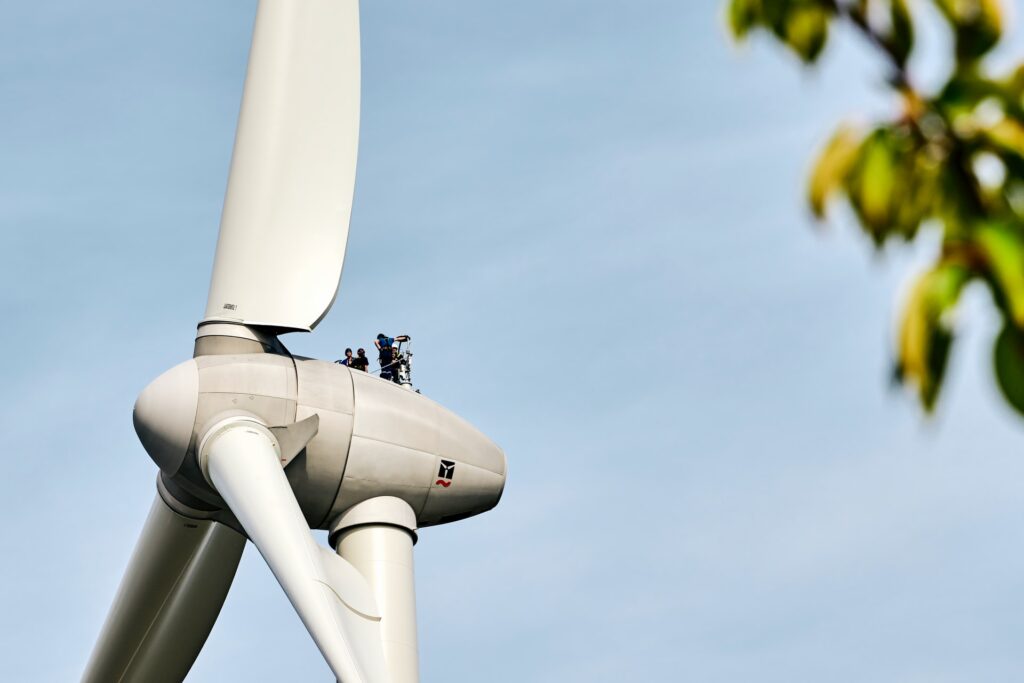
Onshore wind farms have been the dominating force for a long time. So it was until the introduction of offshore turbines back in 1992. They made a revolutionary debut and changed the power supply industry. The first offshore farm was built in Denmark.
It was not just a matter of technical evolution. The need for offshore wind turbines resulted in a so-called wind shadow effect. It appears when the power of the wind reduces, and the turbine goes downstream. So, the need for an alternative energy source arose. Offshore wind farms could provide enough wind power and more substantial streams.
Besides, sea winds have more strength compared to those blowing from land. As a result, turbine technology has been modified to be used at sea, making it possible to produce more power. Today, more and more countries see the difference between offshore vs. onshore wind turbines and opt for a more resourceful alternative.
Onshore Wind Turbine Characteristics
To understand how both options perform, we need to look under the hood. So we will start with a longer-running though a bit less effective offshore wind turbine.
- Onshore farms require an isolated area for installation with a few or no people living around.
- This type of turbine requires less developed infrastructure to deliver electricity from the main source to the end consumer. It means more cost-effective projects and lower costs.
- Installation requires less time if compared to more complicated technological solutions. Besides, onshore wind farms are faster to configure, run, and operate.
- Onshore farms have proved to be effective enough. They introduce a time-tested and reliable technology. Besides, they come with lower support and maintenance costs.
Offshore Wind Turbine Characteristics
Offshore wind farms appeared as an alternative energy source to oppose brick-to-mortar technologies. The main characteristics to consider are as follows:
- Offshore wind farms are capable of applying a higher wind speed due to water bodies as a part of the turbine construction.
- They ensure a faster and stinger wind, which means more energy for the end-user.
- This type of farm generally does not have capacity limitations as well as power or physical restrictions.
- Wind direction is easy to predict. It is steady and more reliable, which makes offshore farms a more sufficient and effective energy source.
- Construction supposes taller and bigger turbines to generate and distribute more energy supplies.
It does not matter where onshore vs. offshore winds are located. People need a source that is fast and easy to install. Besides, the capacity must be enough to meet the public needs in energy. However, it does not explicitly mean that one type is better than the other. Each source has specific hits and misses that must be considered and well-planned.
Pros and Cons of Offshore Wind Farms
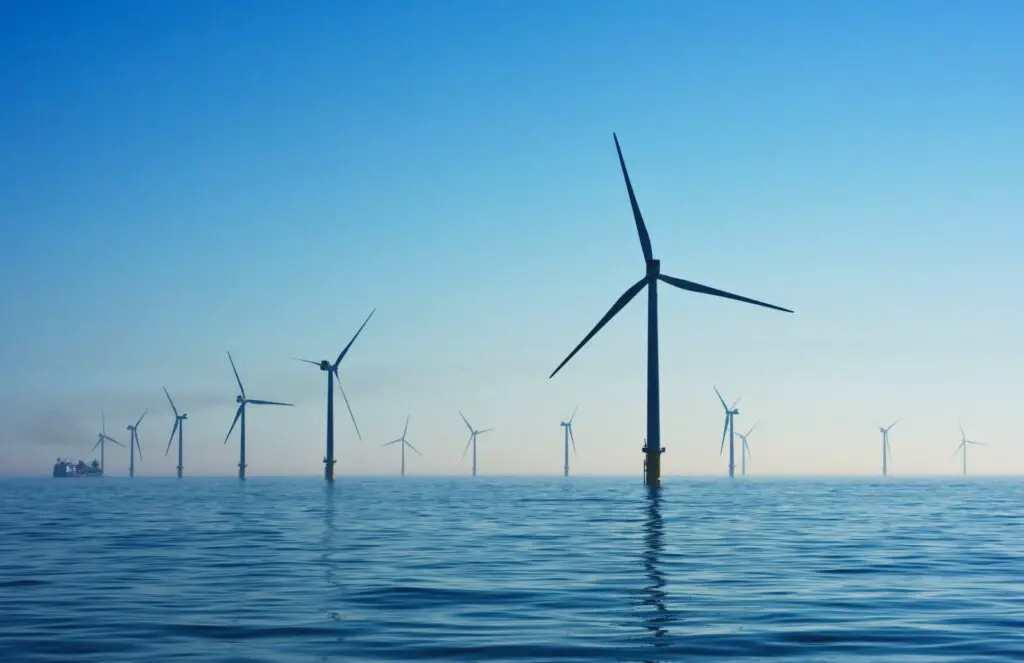
The only way to comprehend the issue on onshore and offshore wind farms is to clarify the main pros and cons. They will make it more straightforward why and when both types of turbines can make sense.
Pros of Offshore Wind Farms
- Although introduced later, offshore turbines are more effective. They utilize winds at higher speeds and ensure consistent wind direction. It means that the farm will need fewer turbines to provide the same amount of power as onshore farms.
- These farms can be installed anywhere. They do not disrupt local habitats as well as their daily activities. Besides, they can be installed far away from the coast and do not interfere with the coastline. People cannot see them as well.
- Experts say offshore farms may also have a positive environmental effect. They tend to keep the marine ecosystem safer.
- With every new offshore farm, people can benefit from new job opportunities. What’s more, they do not require as much water as other typical factories. This fact makes them a more cost-effective alternative.
Cons of Offshore Wind
- Despite increased efficiency, offshore farms require more resources to deliver electricity to the end-user. The process is quite expensive. Besides, extra funds are needed when transporting electricity from the farm.
- Offshore turbines are equipped with more tear and wear. Equipment can wear off, especially if the winds are too strong. It means more maintenance and repair costs.
- Spare parts for these turbines are harder to get. It can result in more time required for repairing. Besides, it does not guarantee all turbine functions will be restored appropriately.
- Although we have mentioned safer marine life, there is no scientific proof of it. In other words, we do not know exactly how these farms affect birds’ life and the environment in the hole.
- When the turbine is very high, it can be observed even if installed miles away from the coastline. This may have a negative effect on local tourism. Property prices can go down and scare off potential investors.
As mentioned earlier and cons, the pros make the issue of offshore wind vs. onshore wind farms a bit clearer. However, it will be wrong of us to make conclusions without overlooking the advantages and disadvantages of the second “opponent.”
Pros and Cons of Onshore Wind Farms
Onshore wind farms have been serving our power needs for many decades. They are a proven and time-tested way of generating electricity. Although not perfect from a different point of view, it still comes with some crucial hits.
Pros of Onshore Wind Energy
- People use this energy source for a longer time frame. We have got used to it, as it seems more familiar and safer. Even Denmark uses this type of wind farm. Onshore turbines generate more than 75% of wind strength transforming it into electricity and delivering it to the end-users across the world.
- Developing infrastructure for onshore farms is considerably cheaper. Besides, maintenance and repair costs are significantly lower. It means cheaper options to offer and distribute required power to the public.
- As a rule, onshore turbines are installed near the producing companies. This fact ensures faster and simpler maintenance, reduced transportation costs, and so on. What’s more, the company can affect area development by offering more working opportunities and developing infrastructure.
- Less transporting needs means less CO2 emission.
- A developing infrastructure can be attractive to potential investors. Many new projects can arise around the farm to form a new business environment.
- The key benefit is that onshore plants do not need water to produce power. With no water consumption, we can call it a renewable source of energy. For companies, it also means reduced maintenance costs.
Cons of Onshore Wind
- The main downside is the need to predict wind speed. It is usually quite inconsistent and unsteady. As a result, the efficiency of turbine operation decreases. This happens either when the wind blows too fast or too slow.
- Additionally, wind direction can also be unpredictable. At the same time, turbines facing the wind direction work better. If they do not face the wind, the efficiency drops down significantly, especially if the wind changes its direction rapidly.
- Some people say onshore farms are dangerous for the environment and do lots of harm to the birds. However, no scientific evidence has been found to support this statement.
- Onshore farms are less productive. They produce less energy than offshore turbines.
- Onshore turbines are very noisy, which makes it uncomfortable for people to live in the nearby area.
When comparing the two types of wind farms, we need to consider several factors. First of all, we need to consider the overall capacity of the amount of energy a turbine can generate. Do not forget why we need those farms. The primary mission is to collect and distribute power to the public.
The second important factor involves economic grounding. Despite all benefits of offshore farms, 75% of total wind power is still processed by onshore turbines. This is due to lower maintenance and transportation costs. Companies need to consider installation and infrastructural expenses as well. So, it is not just about power capacity and efficiency.
Last but not most minor parameters involve health and the environment. People usually complain that onshore farms are very noisy. Different public organizations claim they pollute the air and interfere with birds’ life. Of course, we can assume these constructions have a specific impact. On the other hand, none of those complaints have a scientific background.
Final Thoughts On Offshore vs. onshore wind farms
Summing up, we can say that onshore wind farms are still the dominating renewable energy source. Despite all innovations and advanced features brought by offshore turbines, the older technology is simpler for implementation. Moreover, it comes with lower running and maintenance costs, one of the prior parameters for any company.
Renewable energy is becoming the dominating trend, with more natural resources lacking. The situation with onshore-offshore wind farms will hardly change shortly unless scientists develop something revolutionary in terms of capacity and ease of use.
If you need to support your statement and convince the audience, you can learn how to create a successful speech in several steps.
Related Reading Onshore vs. Offshore Wind Farms
EV Charging Stations For Hybrid & Electric Vehicles Coming To Michigan’s Thumb
ExxonMobil Acquires Materia Inc. – New Way For Making Wind Turbine Blades Stronger And Sustainable
10 Foreboding Reasons Why You Should Do An Electric Panel Upgrade
Renewable Energy Systems – 7 Remarkable Ways To Power Your Home

